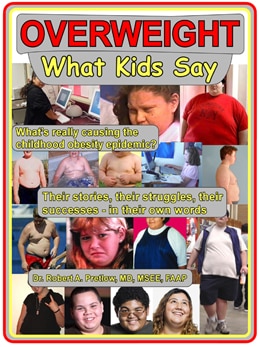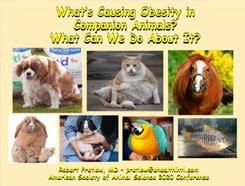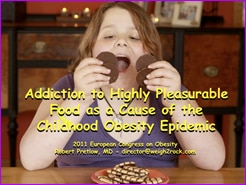
Following along in this retrospective look at the alarming cost of obesity in the U.S. and the world, we note that a 2010 article in The Lancet had already proclaimed obesity to be, globally, a larger health problem than hunger. Soon afterward, the head of England’s National Health Service sounded an alarm, stating that “we are sleepwalking into the worst public health emergency for at least three decades.”
The World Economic Forum followed up on this shocking turn of events in 2015 (in an article which has vanished from the web), by stating that almost one-third of the Earth’s human inhabitants — in other words, 2.1 billion people — were overweight or obese. Why was this characterized as a more significant problem than hunger? Because…
That is nearly two and a half times the number of adults and children who are undernourished.
At that moment in time, obesity was deemed to be responsible for approximately 5% of the total deaths taking place among the world’s population. But well-being was not the only area of concern. The entire global economy was taking a beating:
This crisis is not just a pressing health concern; it is also a threat to the global economy. The total economic impact of obesity is about $2 trillion a year, or 2.8% of world GDP…
As World Health Organization (WHO) Director-General Margaret Chan has noted, “Not one single country has managed to turn around its obesity epidemic in all age groups.”
To make matters worse, this crisis did not, as might be reasonably expected, affect only impoverished countries — because well over half of the world’s obese people were located in developing countries, in which many people enjoyed more prosperity than they had ever been accustomed to. In places like China and India, thanks to new economic opportunities, the inhabitants of cities were ballooning up.
When previously hungry people suddenly find that food is available and that they are able to afford it, that is what they go for. Here is a painful example:
In the mid-twentieth century, for example, a boom in phosphate mining transformed the Micronesian island state of Nauru from a land of food shortages and starvation to the world’s leader in obesity and type-2 diabetes. In 2005, according to the WHO, 94% of men and 93% of women in Nauru were overweight, and more than 70% of the population was obese.
The combination of money and availability made people sent people around the bend, and who can really blame them? But casting blame was never an issue. For the authorities in charge of public health, the only issue at hand was what to do about the situation. The crisis could not even be characterized as unforeseen, because statisticians and the entire medical profession had been noticing it all along.
One unfortunate circumstance was that countries where people suddenly could afford more food than they needed did not necessarily also have the funds to provide health services that they also desperately needed. Increased disposable income perversely led to obesity that “can lock in poverty and perpetuate inequality.”
To address the crisis, the McKinsey Global Institute (MGI) identified 74 potential interventions and classified 44 of them as possessing sufficient data “to be able to measure potential impact if scaled up to a national level.” These tantalizing alleviating actions included subsidized school meals, better nutritional labeling on food products, and built environments that encouraged walking and other types of exercise.
One element in particular would prove to be increasingly crucial but also increasingly impervious to any resistance: the advertising of high-calorie food and drink. Still, undaunted by ever more alarming reality, the MGI went ahead with projections of what might, in a better world, come to pass:
If the United Kingdom, for example, were to deploy all 44 interventions, it could rein in obesity rates and help roughly 20% of its overweight and obese population return to a healthy weight within 5-10 years… Over the long term, savings from reduced health-care spending and gains from higher productivity could outweigh the investment needed to deliver interventions… In the UK, reversing obesity trends could save the National Health Service about $1.2 billion a year.
Dream on, MGI! When there are fortunes to be made selling sugar-saturated fizzy drinks to everyone from infants to geriatric patients, nobody wants to hear about interventions and alleviation and better health and blah-blah-blah. The voices of earnest experts who tried to warn of impending doom were drowned out by ever more obnoxious advertising. Throwing money at the problem did not help — because almost nobody cared to listen. The article ended by stating a dismal fact:
Today, investment in obesity research worldwide amounts to some $4 billion a year — just 0.2% of the estimated social costs of obesity.
Source: “What’s the best way of tackling obesity?,” WeForum.org, 12/15/14
Source: “Why Obesity Threatens the Global Economy,” WeForum.org, 04/07/15
Image by marlenemgm (modified)/Pixabay

 FAQs and Media Requests:
FAQs and Media Requests: 











